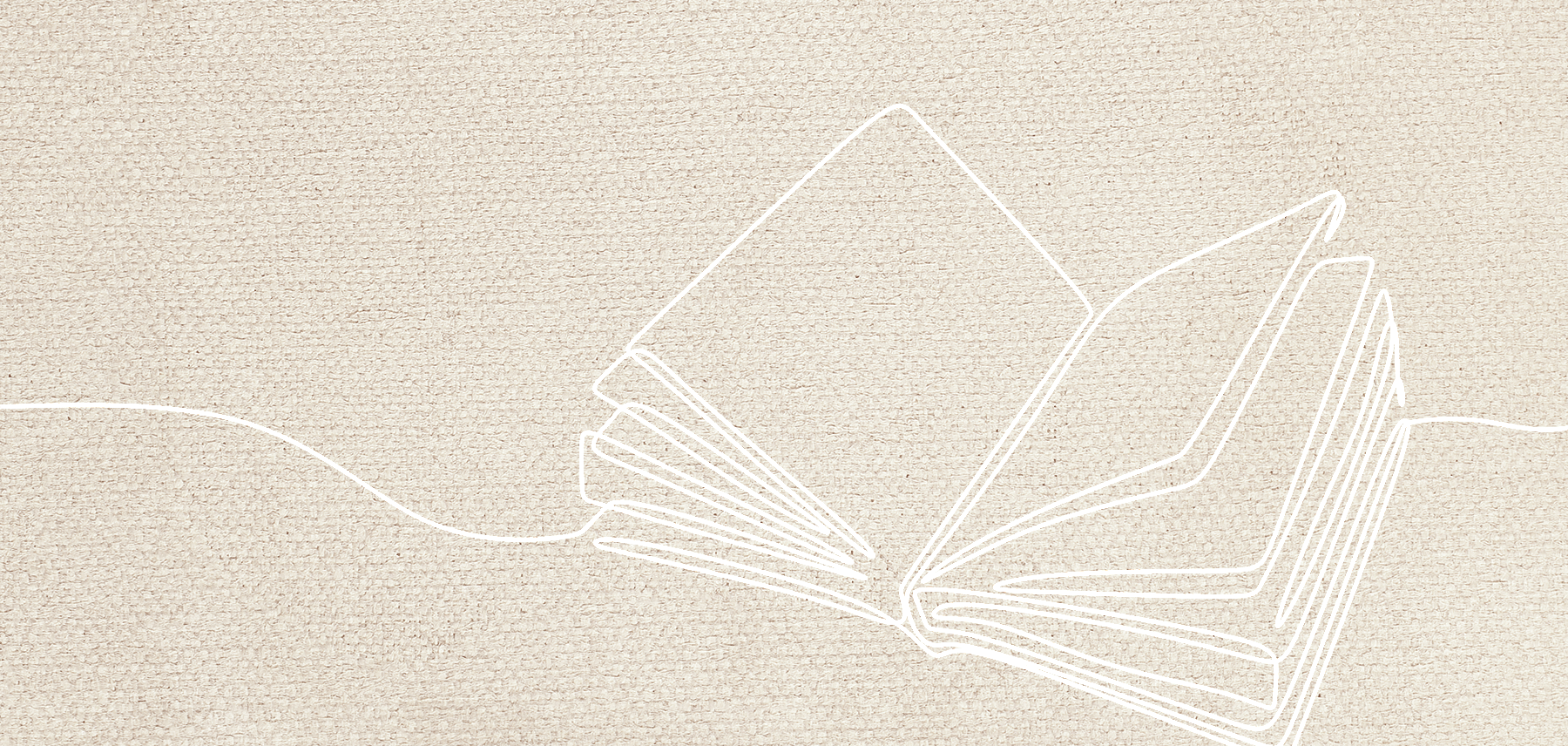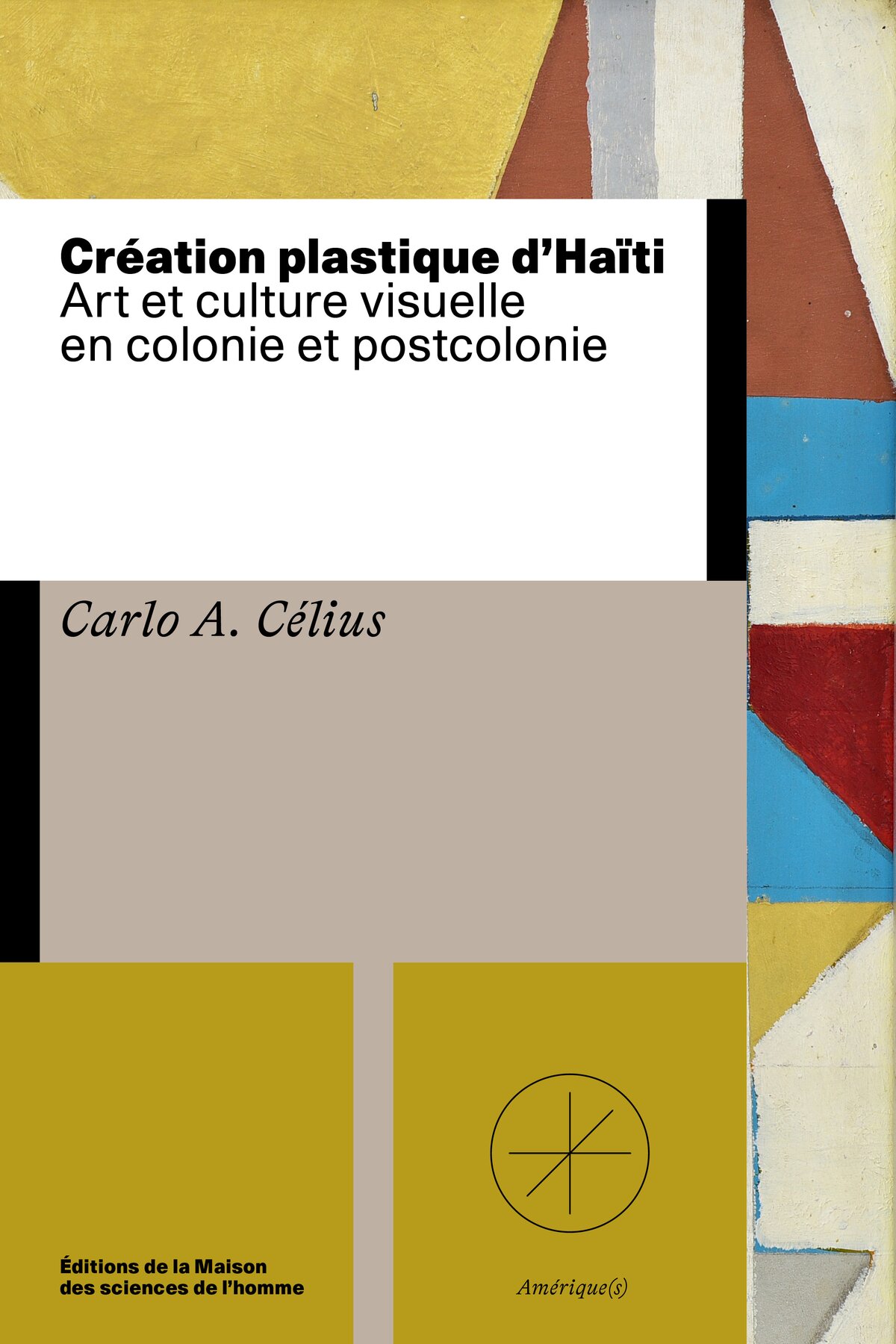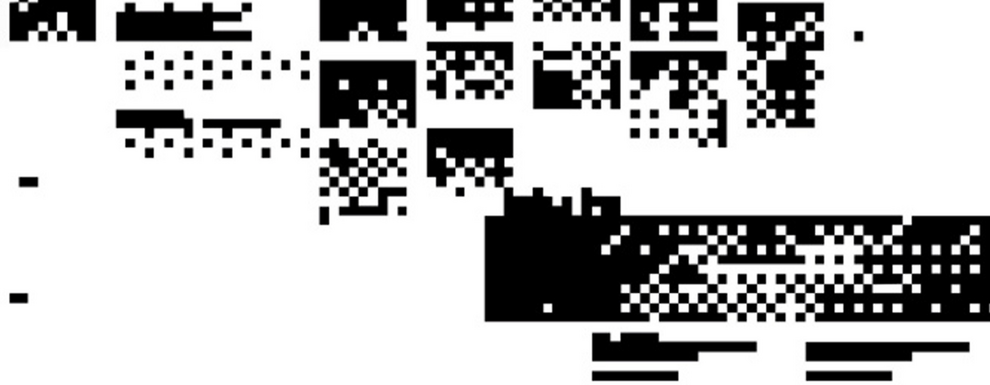Création plastique d'Haïti

This book examines the world of Haitian plastic art over time, from the arrival of the first Spanish conquerors in 1492, to the western third of the island they renamed Hispaniola. Carlo A. Célius questions, goes beyond and overturns the discourses and representations enunciated from Western Europe, which have continuously qualified and classified all non-European artistic creation using criteria specific to the fine arts.
The history of modes of figuration proposed here is also the history of the appropriation, exploitation and transformation of a territory, a history of migrations, subjection and extermination of populations. It's a history of struggle, liberation and societal reconfiguration; a history of images and imaginaries, of their exchange and confrontation.
In this long-term historical survey, which borrows in turn from art history, aesthetics, anthropology and sociology, the author proposes a multi-faceted approach to colonial and post-colonial figuration that goes beyond the fine arts to take account of visual culture as a whole. From portraits to vodou ritual drawings and Catholic iconography, from illustrations published in the press to scarification marks on the bodies of enslaved African captives, he highlights the complexity and stakes of the visual, the conflicts it generates, and the phenomena of appropriation and reappropriation.
Carlo A. Célius shows how the hegemony of the fine arts could be built up in such a context, and how, at a given moment, this hegemony was undermined.
This book revisits the notion of art: it historicizes the scales of value that constitute it, and the social, political and cultural dynamics from which it evolves. With the help of a renewed conceptual framework, readers will be able to (re)discover the main characteristics of the artistic currents of 20th-century Haiti, and appreciate some of the distinctive features of the new scene.




Futurs de l'écriture

Heritage Cosmopolitics in the Hindu Kush Himalaya region by Zahra Hussain

Jacques Louis David, la traite négrière et l'esclavage


